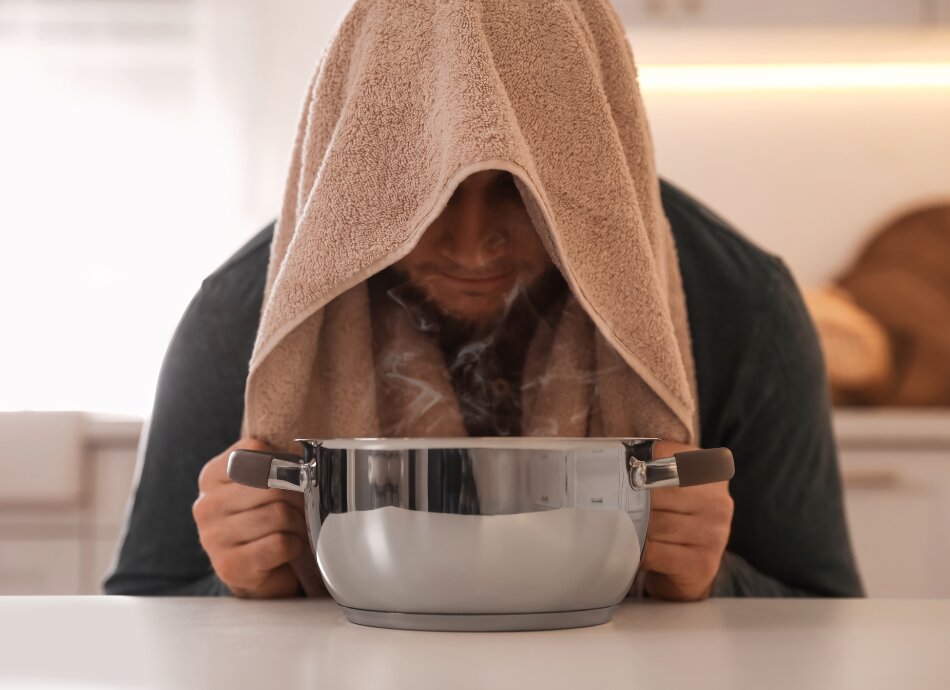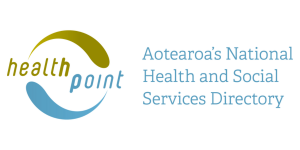Steam inhalation involves breathing in steam from heated water. Many people do this to soothe and open their nasal passages when they have a cold or sinus infection.
Why inhaling steam isn't recommended
|
Steam inhalation is a hazard – particularly for children. It can cause burns and scalds and ultimately lead to hospital admission, surgery, and life-long disfigurement. |
To inhale steam, people mostly use bowls with hot or boiling water and some use commercially available steam inhalers. This use of hot, or boiling water is a huge risk, particularly to children. Children, due to their unpredictable movements, curiosity, and poor awareness of danger, are at significant risk of burn injuries.
Breathing in very hot water can damage the lining of your lungs. It can be particularly bad if you have asthma as it can worsen your asthma symptoms.
Some people add eucalyptus oil to the water, thinking that the scented steam will clear their blocked nose. This is dangerous as there have been reports of eucalyptus inhalation causing epileptic seizures (fits). The same can happen if other essential oils are inhaled. Read more about essential oils.
There is no evidence that steam inhalation is effective for the treatment or prevention of COVID-19
Steam inhalation has long been considered a beneficial home remedy to treat nose and chest congestion, but there is no research evidence to suggest it actually works. Social media and home-made tutorials have played a role in misleading people into thinking that breathing in steam will unblock airways and kill a virus. There is no evidence that steam inhalation is effective for the treatment or prevention of COVID-19. In fact it may do more harm than good.






